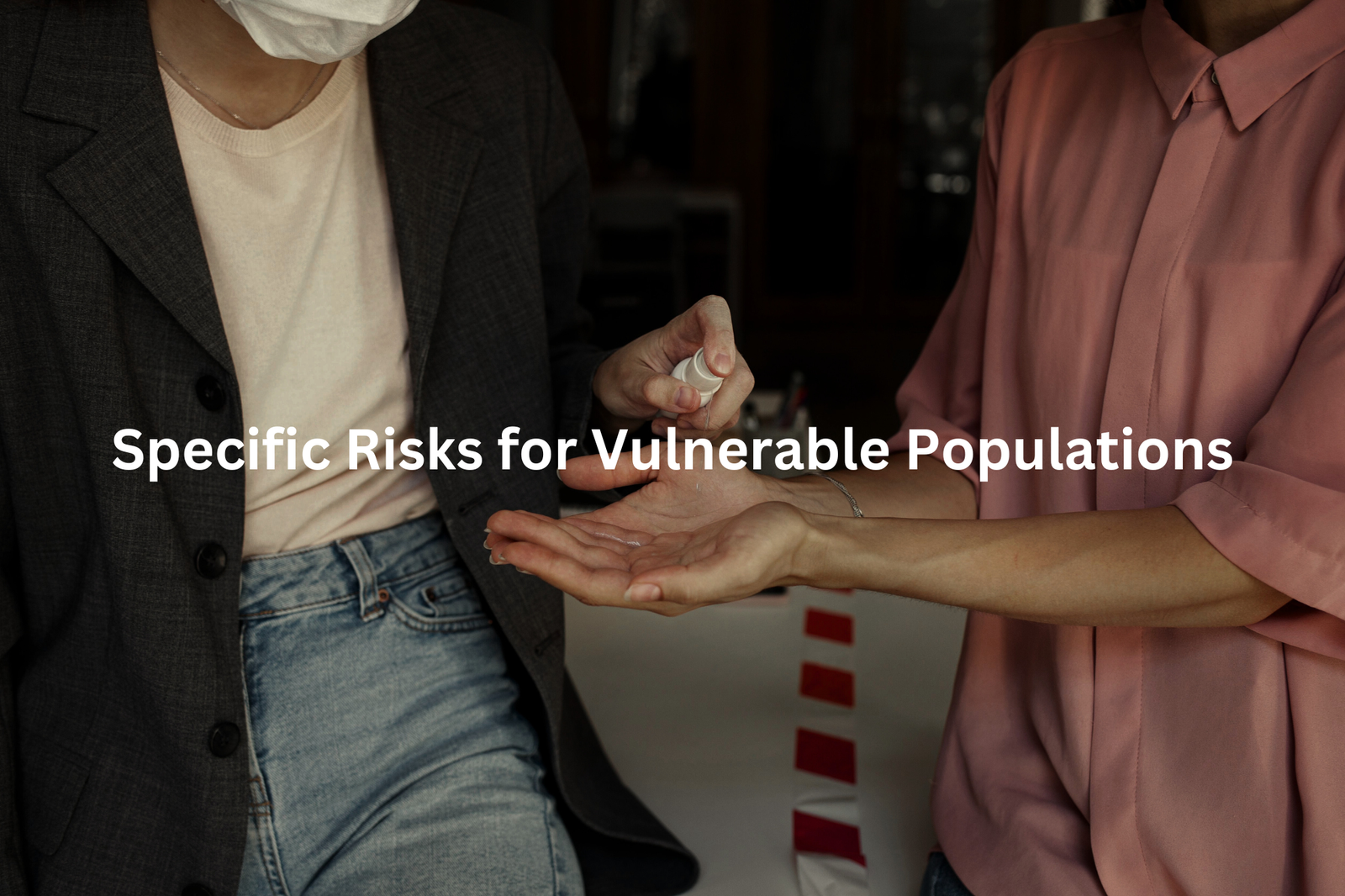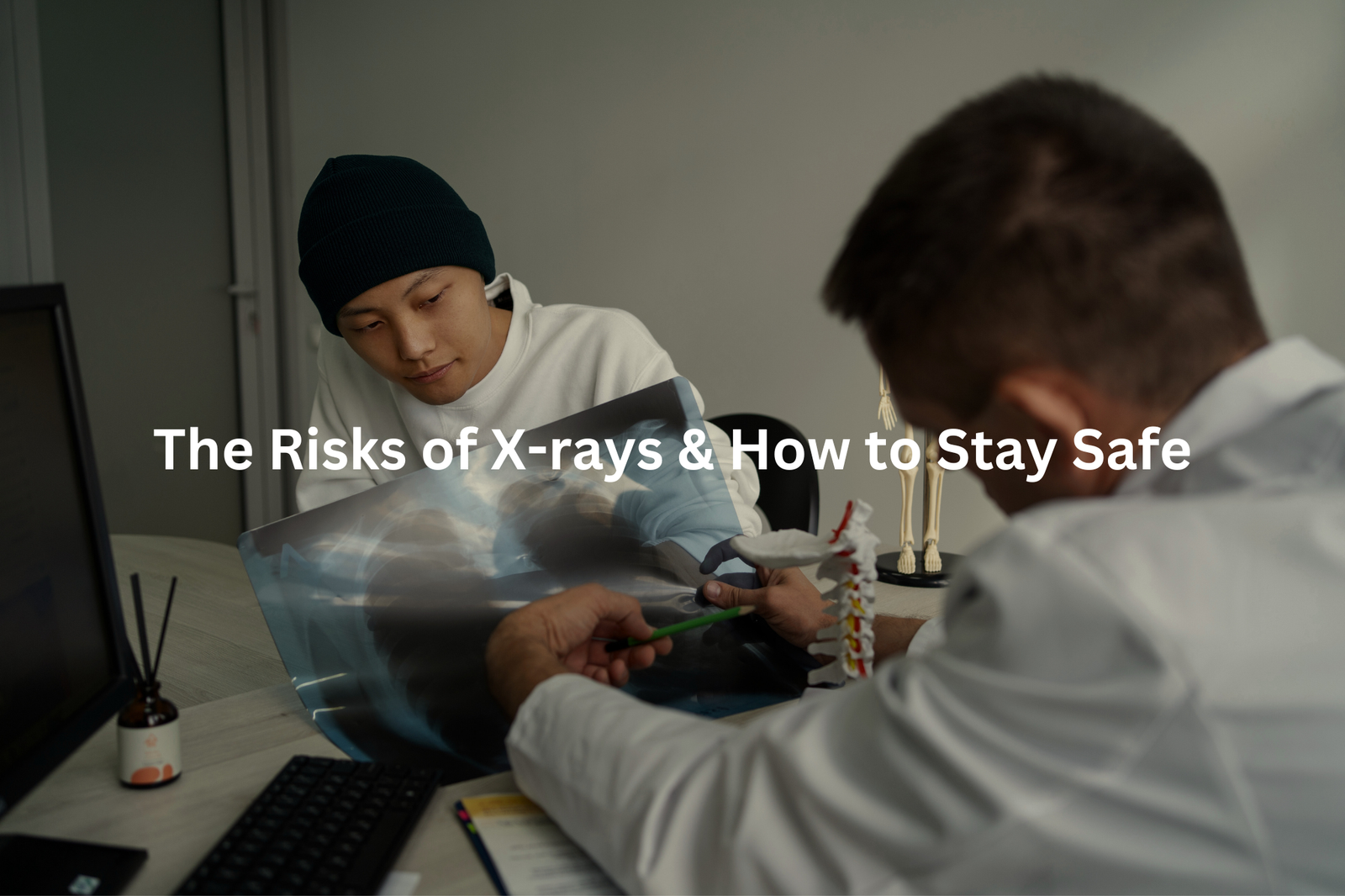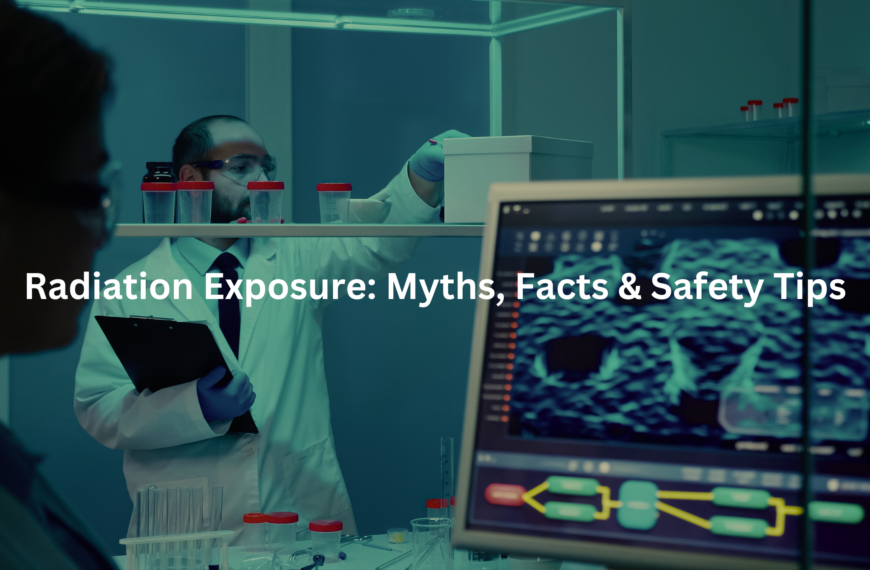X-rays help diagnose problems, but they come with risks. Learn how radiation exposure affects your health and when to be cautious.
X-rays work like a camera that sees through the body (using electromagnetic radiation at 0.01-10 nanometers). These medical tools show doctors what’s happening inside without making a single cut. While X-rays find broken bones and spot problems in lungs, they do carry some risks. The radiation exposure, though small (around 0.1 millisieverts for a chest X-ray), might increase cancer risks slightly over time.
Medical professionals carefully consider these factors. They order X-rays only when the benefits outweigh potential risks, making sure patients get the right care at the right time. If you want to learn more about how X-rays work and the potential risks connected with them, keep reading!
Key Takeaways
- X-rays use low doses of radiation, but repeated exposure can be risky.
- Kids and unborn babies are more sensitive to radiation.
- There are safe ways to limit X-ray exposure.
General Risks of X-Rays
X-rays offer a remarkable view of the human skeleton, showing white shapes against dark backgrounds where bones block radiation passing through the body. These medical images serve as critical tools for diagnosing injuries and conditions without surgery.
The process uses controlled radiation beams that pass through soft tissues but get absorbed by denser materials like bones. A typical chest X-ray delivers about 0.1 millisieverts (mSv) of radiation, similar to 10 days of natural background exposure from the environment.
While X-rays are generally safe, they do carry some risks. Each exposure adds a tiny increase to lifetime cancer risk (less than 0.01% per scan). CT scans, which combine multiple X-ray images, can deliver higher doses around 10 mSv(1).
Doctors take extra care with pregnant women and children, who face greater sensitivity to radiation. For most patients needing diagnosis, the benefits of X-rays outweigh potential risks, but alternative imaging methods might be worth discussing for optional scans.
Specific Risks for Vulnerable Populations

X-rays raise questions for certain groups of patients, particularly children and pregnant women(3). The risks need careful thought.
Growing bodies absorb radiation differently than adult ones. A CT scan delivers about 6 mSv of radiation (that’s 60 times more than a regular chest X-ray). Young cells divide faster, making them more sensitive to these effects.
For kids under five, a head CT scan might add a tiny risk – about 1 in 10,000 – of brain cancer later in life. Pregnant women face different concerns, especially during early pregnancy when baby’s organs are developing. Abdominal X-rays carry more risk than chest X-rays, which send minimal radiation to the growing baby.
Modern X-ray machines adjust radiation based on patient size. Smaller patients receive lower doses, though not all medical centres have this technology. Most patients can safely get X-rays. Alternative options like ultrasounds or MRIs might work better for some cases – worth asking the doctor about these choices.
Types of Risks Associated with X-ray Procedures

X-rays aren’t always quick. While standard chest X-rays take minutes, some procedures like angiograms can last 30 minutes or more under the radiation beam.
Extended X-ray exposure brings specific concerns(2). The skin might react with redness (erythema), similar to sunburn, which typically fades but sometimes causes peeling. Contrast dyes, used to highlight blood vessels and organs, can trigger reactions in some patients – from mild nausea to severe allergic responses.
Fluoroscopy, a real-time X-ray technique used in cardiac and digestive studies, delivers higher radiation doses (up to 50 mSv per procedure, equivalent to 2,500 chest X-rays).
Standard X-rays pose minimal risks, and contrast reactions remain uncommon. Still, patients with allergies or kidney problems need extra monitoring since contrast materials can affect kidney function.
Medical professionals suggest discussing alternatives when lengthy exposure or contrast dye is needed. Ultrasound or MRI might serve as suitable options for certain conditions, eliminating radiation exposure concerns.
Mitigating Risks
Sources: University of South Australia.
Medical records fill drawers in countless homes, X-ray films stacked between old bills and forgotten papers. Each image tells its own story – a twisted ankle from last summer, that nagging back pain from moving furniture. But there’s more to these ghostly black-and-white snapshots than meets the eye.
The average chest X-ray delivers about 0.1 millisieverts of radiation (roughly equivalent to 10 days of natural background radiation). That might not sound like much, and it’s not. Still, those numbers add up over time.
Smart ways to manage radiation exposure:
- Question the necessity
- Wait a few days for minor injuries
- Ask if physical exams might work instead
- Consider if the results will change the treatment plan
- Look into radiation-free options
- Ultrasound for muscle and tendon issues
- MRI for detailed joint views
- Physical assessment for basic sprains
- Track your medical history
Keep dates and types of imaging in a notes app or small notebook. This practice prevents duplicate scans when visiting different medical facilities. - Request protection
Lead shields block about 95% of scatter radiation. They’re especially useful for protecting sensitive areas during dental X-rays or when imaging nearby body parts.
Modern X-ray machines use digital sensors that need less radiation than old film versions. Still, the best protection comes from avoiding unnecessary exposure. Most doctors appreciate patients who ask questions about their care options – it shows they’re engaged in their health decisions.
FAQ
What are the long-term risks of x-ray radiation?
Long-term exposure to x-ray radiation, even at low doses, can increase your lifetime risk of developing certain cancers like lung cancer and breast cancer. Studies show there is no safe threshold for radiation – any amount of exposure carries some risk. It’s important to discuss the potential risks and benefits with your healthcare team when deciding on x-ray procedures.
How do MRI scans compare to x-ray imaging in terms of radiation risk?
MRI scans do not use ionising radiation like x-rays. Instead, they use strong magnetic fields and radio waves to produce images. MRI scans are considered a safer imaging option compared to x-rays, as they don’t expose you to any radiation. However, MRIs may not be suitable for everyone, so discuss the pros and cons with your doctor.
What are the risks of high-dose x-ray procedures like CT scans?
High-dose x-ray procedures like CT scans can deliver significantly more radiation exposure than regular x-rays. This increased radiation dose raises your lifetime risk of developing certain cancers, like fatal cancer. It’s important to only undergo these tests when absolutely necessary, and to discuss the potential risks and benefits with your healthcare provider.
How can I reduce my radiation exposure from x-ray imaging tests?
To reduce your radiation exposure from x-ray imaging tests, ask your healthcare provider about using lower-dose techniques or alternative imaging methods like ultrasound or MRI when appropriate. You can also limit unnecessary repeat imaging tests and make sure the facility uses high-quality x-ray equipment. Discussing your concerns with your doctor can help you make informed decisions about your care.
What factors influence the radiation risks from x-rays?
The radiation risks from x-rays depend on factors like the body parts being imaged, the number of x-ray procedures you’ve had, and your age. Children and unborn babies are at higher risk from radiation exposure. Additionally, people with certain medical conditions or a family history of radiation-related cancers may face greater risks. It’s important to discuss your individual circumstances with your healthcare provider.
Conclusion
X-rays bring both benefits and risks to medical care. While these powerful tools (using electromagnetic radiation at 0.01 to 10 nanometers) help doctors spot broken bones and other problems, they expose patients to radiation.
The average chest X-ray delivers about 0.1 millisieverts of radiation – similar to 10 days of natural background exposure. Patients should discuss concerns with medical staff and ask about radiation doses. Alternative imaging might work better in some cases, depending on the medical needs.
References
- https://www.healthywa.wa.gov.au/Articles/N_R/Radiation-risks-of-Xrays-and-scans
- https://www.insideradiology.com.au/radiation-risk-hp/
- https://policies.anu.edu.au/ppl/document/ANUP_000682




